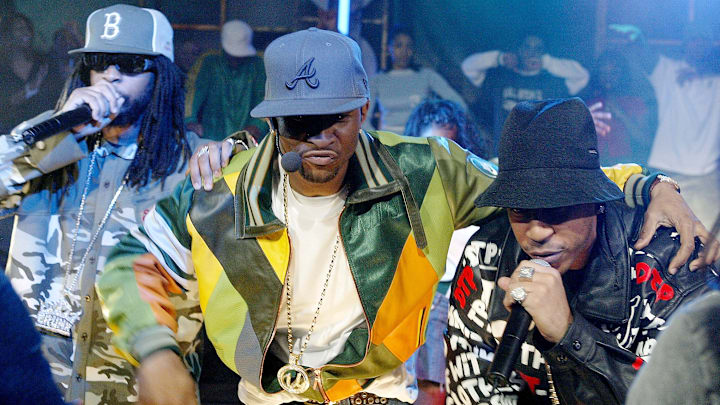The Role of Fashion in Defining Subcultures

Fashion has always played a central role in defining and expressing the identity of subcultures. From the punk movement of the 1970s to the goth scene of the 1980s and the hip-hop culture of the 1990s, fashion has been a powerful tool for subcultures to communicate their values, beliefs, and attitudes. The role of fashion in defining subcultures highlights the importance of clothing as a form of self-expression and as a means of challenging mainstream norms.
Subcultures often emerge as a response to the dominant culture, offering an alternative way of life that reflects the experiences and desires of marginalized or disaffected groups. Fashion becomes a key element of subcultural identity, allowing members to visually distinguish themselves from the mainstream and from other subcultures. The styles adopted by subcultures are often characterized by their rejection of conventional fashion, embracing instead a DIY (do-it-yourself) ethos, unconventional aesthetics, or clothing associated with specific symbols and meanings.
For example, the punk subculture of the 1970s was defined by its rebellious attitude and anti-establishment ethos. Punk fashion was characterized by ripped clothing, safety pins, leather jackets, and band t-shirts, often adorned with provocative slogans and imagery. This distinctive style was a direct challenge to the polished and consumerist culture of the time, and it became a visual representation of the punk movement’s core values of non-conformity, individualism, and resistance.
Similarly, the goth subculture, which emerged in the 1980s, developed its own unique fashion aesthetic, characterized by dark clothing, Victorian-inspired garments, heavy makeup, and an overall emphasis on a macabre and romantic style. Goth fashion was a way for members to express their fascination with death, the occult, and alternative lifestyles, setting them apart from mainstream society and other subcultures.
Hip-hop culture, which began in the 1970s in the Bronx, also used fashion as a key element of its identity. Hip-hop fashion evolved to include baggy pants, oversized t-shirts, sneakers, and gold jewelry, reflecting the cultural and socio-economic experiences of African American and Latino communities. The style became a symbol of pride, resilience, and self-expression, and it has since had a profound influence on global fashion trends.
In conclusion, fashion plays a crucial role in defining subcultures, serving as a visual language through which members can express their identity, values, and resistance to mainstream culture. The styles associated with different subcultures are not just about clothing; they are about belonging, identity, and the power of self-expression. As new subcultures continue to emerge, fashion will remain a central element in the way these groups define themselves and communicate with the world.